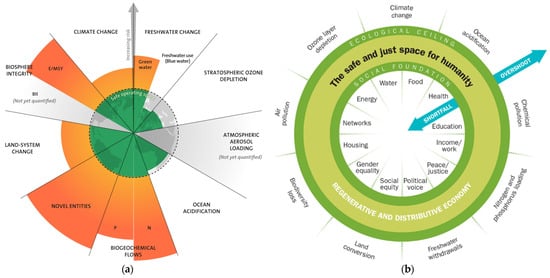38
The size of the world’s population has profound implications for demand for food, energy and resources, land use change and greenhouse gas emissions. This study examines why most population projections have underestimated world population growth, and the implications for actions required to achieve sustainable societies. The main determinant of future population is family size choices. Population projections by different research groups embed different assumptions about drivers of fertility decline. The common assumptions that fertility decline is driven by economic betterment, urbanisation or education levels are not well supported in historical evidence. In contrast, voluntary family planning provision and promotion achieved rapid fertility decline, even in poor, rural and illiterate communities. Projections based on education and income as drivers of fertility decline ignore the reverse causation, that lowering fertility through family planning interventions enabled economic advancement and improved women’s education access. In recent decades, support for family planning has waned, and global fertility decline has decelerated as a result. Projections calibrated across the decades of strong family planning support have not acknowledged this change and are consequently underestimating global population growth. Scenarios used to model sustainable futures have used overly optimistic population projections while inferring these outcomes will happen without targeted measures to bring them about. Unless political will is rapidly restored for voluntary family planning programs, the global population will almost certainly exceed 10 billion, rendering sustainable food security and a safe climate unachievable.



From the abstract:
Interesting. I’d noticed that the best-known projections were unreasonably optimistic in some ways when you look at them in detail, but this angle is novel to me.